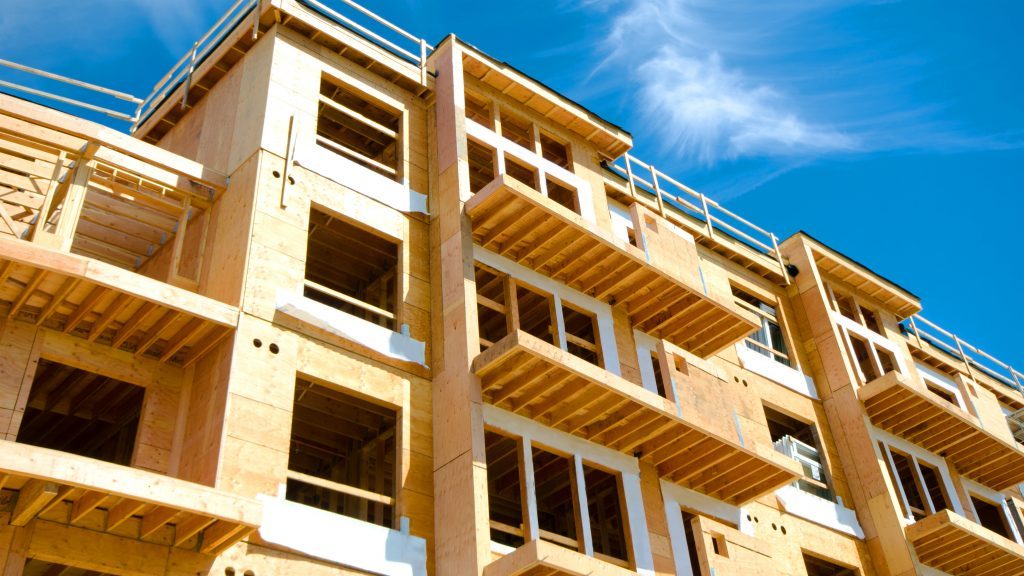Mass timber has come a long way since the first two Canadian plants in Quebec and B.C. established cross-laminated timber production lines more than a decade ago.
A recent report produced by the federal government, The State of the Mass Timber Industry in Canada (SMTC) in 2021, displays through an interactive map close to 500 under construction or completed mass timber projects from 2007 to 2019 for a total of 16 million square feet. In that time, domestic manufacturing has soared with 21 facilities in production by 2019.
Projects in the report are defined as public and private industrial, commercial, institutional and multi-family residential buildings that are at least 300 square metres. The buildings specify engineered wood components or assemblies in structural applications either in all-wood designs or as part of hybrid systems.
The federal Green �鶹��ý����ion Through Wood (GC Wood) program produced the report to provide an overview of the rise of mass timber, says Jeff Biggs, director of trade and international affairs, Canadian Forest Service, Natural Resources Canada (NRCan).
Its findings will be of interest to the forest and sustainability sectors because “it answers a lot of the questions we often receive from trade partners,” including designers from overseas and the U.S., he says.
Biggs points out the design possibilities for mass timber have grown and Canada’s status globally is “top rank. We have some really innovative, world-class architects and engineers that are in the leadership conversation globally…with mass timber.”
With 37 per cent of the world’s certified sustainable forests, which are harvested at less than one per cent yearly, and replanted to ensure a constant supply, Canada has good reason to be viewed as a global leader in the relatively new industry.
The Canadian design community’s expertise has been in demand in other countries, including the U.S. where engineering and mass timber fabrication firms particularly from Western Canada are involved in landmark projects, says Mohammad Mohammad, senior research adviser, trade and international affairs, Canadian Forest Service, NRCan.
But it is not just new builds that the product is tailored for.
Biggs sees its potential as “a creative and innovative option” for retrofits. Prefabrication and its light weight are among the benefits that make it ideal for additional floors atop existing buildings, for example.
And while it is designed for ease of assembly, it can also be disassembled rather than demolished at a later date, a factor that meshes with the sustainable movement, he points out.
Mohammad adds there is growing interest in mass timber for infill projects, including affordable housing, in inner cities and leading Canadian companies such as Vancouver-based Intelligent City are developing robotic engineering to deliver these projects.
He adds fabricators are taking cues from automobile manufacturing “to generate all kinds of building configurations. By doing so, they are able to reduce the cost.”
While the current generation of mass timber designers have been pioneers in the field, learning at times by trial and error, the next generation has a clearer path forward as familiarity with the medium grows.
Biggs adds that GC Wood has partnered with organizations such as the Canadian Wood Council to develop curricula for post-secondary education programs for design professionals. The idea is to provide “architects and engineers the opportunity to be informed and trained to use this material from a young age.”
To download a copy of the SMTC report visit .











Recent Comments
comments for this post are closed